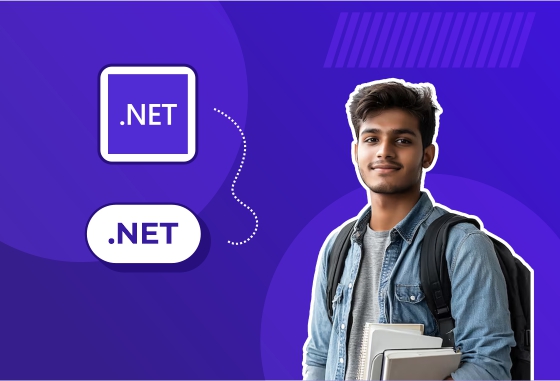
Virtual Piano with Sound Playback
Project Title:
Virtual Piano with Sound Playback in .NET
Project Overview:
This project is a virtual piano that allows users to play piano sounds using their keyboard or mouse. The piano mimics the functionality of a real piano, providing users with the ability to play notes by pressing corresponding keys on the keyboard. The project also includes sound playback, where each key on the virtual piano plays the correct note. This project is built using .NET technologies, specifically using C# and Windows Forms or WPF to create the user interface and handle the sound output.
Key Features:
- Virtual Piano Interface:
The interface simulates a real piano with a series of white and black keys. Each key corresponds to a musical note. Users can click on the keys with the mouse or use the computer keyboard to play the notes. - Sound Playback:
Each piano key is associated with a sound file (such as a .wav or .mp3 file) that is played when the key is pressed, mimicking the sound of an actual piano. The sound files correspond to musical notes (e.g., C, D, E, F, G, A, B) and are triggered when the user interacts with the piano. - Keyboard Integration:
The piano is designed to map computer keyboard keys to the piano keys, allowing users to play the virtual piano using their physical keyboard. For example, pressing the "A" key might correspond to the note "C" on the piano. - Mouse Click Functionality:
In addition to keyboard input, users can also click on the piano keys using the mouse to trigger sound playback. This provides an interactive and intuitive user experience. - Visual Effects:
When a key is pressed, it visually "highlights" or changes color to show the interaction, providing feedback to the user. The visual feedback can help users learn the correspondence between the keys and their positions. - Musical Scales and Chords:
The user can play scales and simple chords by pressing multiple keys at once, allowing for a more dynamic piano-playing experience. - Volume Control:
The project includes a simple volume control that allows users to adjust the sound level of the piano. - User Interface:
The user interface includes a basic set of piano keys, a volume slider, and an optional display of the note being played, making it easy for users to interact with and navigate.
Technologies Used:
- .NET (C#):
The core programming language used to implement the game logic, handle sound playback, and manage the user interface. - Windows Forms or WPF:
Used for building the graphical user interface (GUI), rendering the piano keys, and handling mouse and keyboard events. - Sound Playback Libraries:
Libraries such as System.Media or third-party libraries like NAudio are used for playing sound files when a key is pressed. These libraries handle the playback of .wav or .mp3 sound files. - Keyboard and Mouse Event Handling:
The project uses event listeners to detect keyboard presses and mouse clicks, triggering the corresponding piano notes.
Learning Outcomes:
- Event-Driven Programming:
Learn how to handle keyboard and mouse events in .NET, which are essential for interactive applications like this virtual piano. - Sound Playback in Applications:
Gain experience with audio playback in desktop applications using libraries such as System.Media or NAudio. - User Interface Design:
Develop skills in designing an interactive and intuitive user interface with Windows Forms or WPF. - Mapping Keyboard Inputs:
Implement functionality that maps physical keyboard keys to corresponding piano keys, providing a natural way for users to interact with the piano. - Real-Time Feedback and Interaction:
Implement real-time feedback by highlighting keys when they are pressed, which improves user experience and usability.
Possible Enhancements:
- Expanded Sound Library:
Add more sound files or allow users to choose different piano sounds or instruments (e.g., guitar, drums). - Chord Recognition:
Implement a feature that recognizes when a player plays a chord (multiple keys at once) and displays the name of the chord on the screen. - Recording and Playback:
Allow users to record their piano performances and play them back. This feature would add more interactivity and creativity to the app. - Learning Mode:
Add a mode where users can follow along with a musical score or learn how to play specific songs. Display the notes they need to press in real-time. - Mobile Version:
Port the application to a mobile platform (using Xamarin for .NET) and allow users to play using touch controls on a touchscreen device. - Keyboard Shortcuts for Notes:
Implement shortcuts for users to press certain keys (such as the C key on the keyboard to play the note "C") without needing to click on the piano keys. - MIDI Integration:
Integrate MIDI support, allowing users to connect an actual MIDI keyboard to the application, making it even more interactive.





